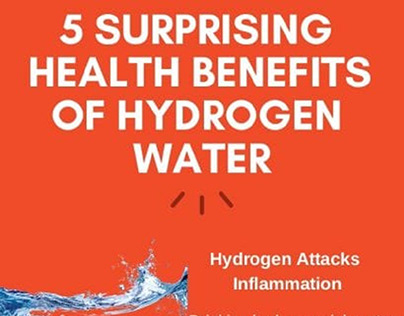
Are you ready to do some math? Don’t worry, you won’t need to break out the pencil and calculator. But if you’re interested in learning more about how hydrogen water and hydrogen gas can improve your health, it’s important to know a but more about the numbers used in their production.
If you’re shopping for hydrogen products, you’ll notice that many list their hydrogen concentration production in ppm, or Parts Per Million. This means that for every million parts of a solution (in this case, water), there is one part hydrogen. This number tells you the hydrogen concentration, but you also need to know the amount of water you consumed in order to understand how much hydrogen you are ingesting each day.
Current research suggests that ingesting 1-3 mg (milligrams) of hydrogen may help to produce health benefits. So if you are in the market for a hydrogen product, you may see that it produces 3 ppm of hydrogen and think you are all set. But 3 ppm is not the same as 3 mg. In order to know how many milligrams of hydrogen you are consuming, you also need to know the volume of water that the product produces.
Let’s look at the H2 Life Hydrogen Water Bottle with PEM Dual chamber Technology, our best in its class hydrogen water bottle. This product produces 2.7 ppm of hydrogen per 300 ml of water. If you want to do the math, the formula looks like this:
1 PPM = 1mg ⁄ 1 Liter (Remember that 300 ml = .3 Liters)
You can also use the calculators at H2 Hubb to calculate how much hydrogen you would ingest from each bottle. In this case, that would be 0.81 mg of hydrogen per 300 ml of water. That’s pretty good! You could drink anywhere from 1-4 bottles of water from this product each day to get the suggested 1 -3 mg of hydrogen. Compare that to a hydrogen water bottle that produces only 1 ppm of hydrogen and you could wind up drinking 10 bottles of water each day to ingest the recommended amount.
It’s important to note here that researchers don’t agree on the exact amount of hydrogen that will produce therapeutic benefits. Some studies have found that doses between 1.8-7.2 mg might be necessary, depending upon the disease that is targeted and the body chemistry of the patient.
The method of hydrogen ingestion may also play a role. You can breathe much more hydrogen via inhalation of hydrogen gas than you could ingest via drinking hydrogen water. But researchers are still trying to determine if (and why) certain diseases respond better to hydrogen gas inhalation while others respond better to hydrogen ingested in the form of hydrogen water.
Want more information on the math behind hydrogen water and hydrogen gas? Check out this video:
Video by Tywon Hubbard and H2Hubb.
The bottom line is that if you want to understand the role that hydrogen can play in your health, you need to look beyond the ppm on a product so that you can understand how much you are ingesting each day.


